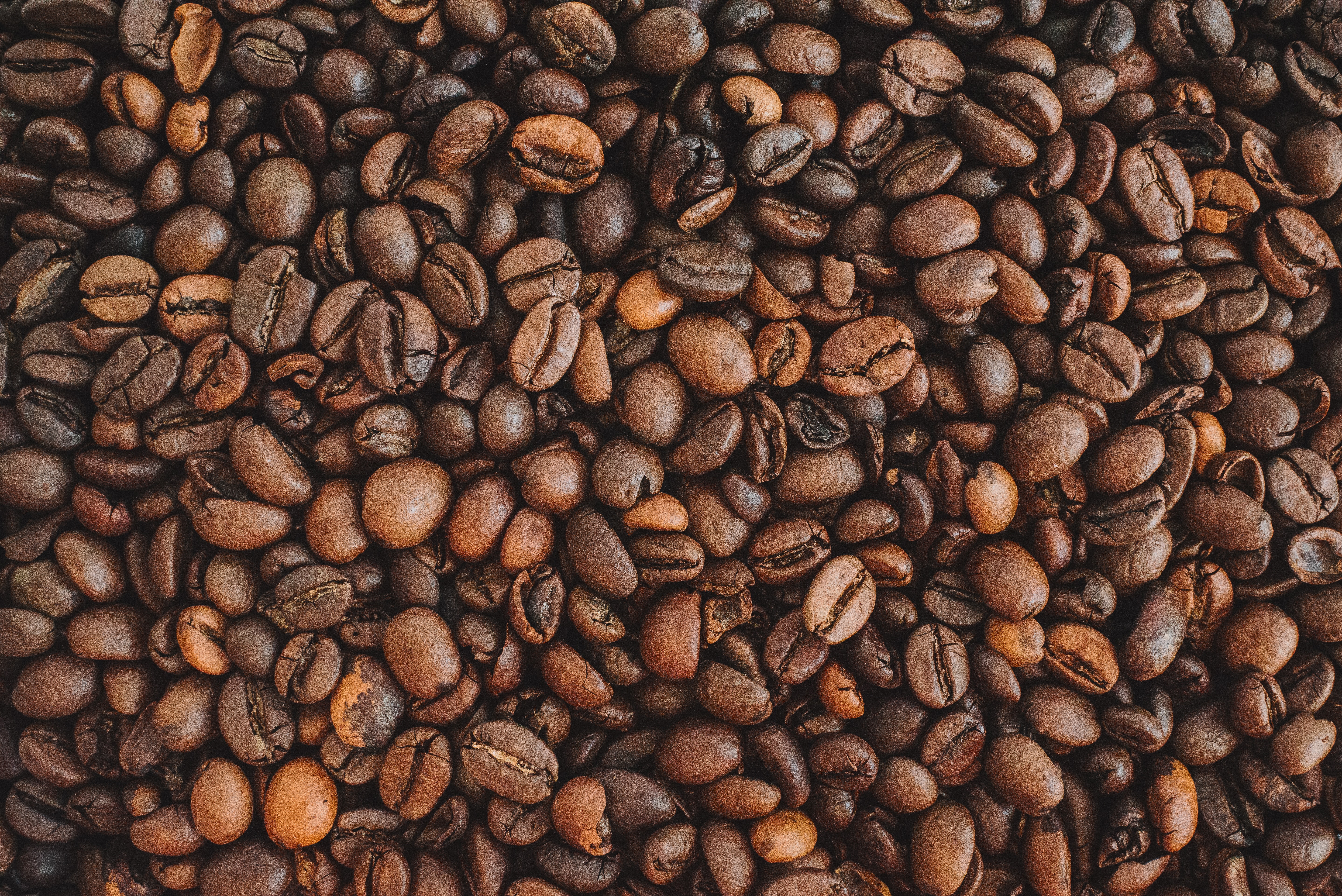In recipes that call for instant coffee, filter coffee can be used in its place. You must coarsely grind the coffee beans before dissolving them in hot water and adding them to the recipe if you want to use filter coffee as a substitute for instant coffee. The flavour of the finished product may alter significantly when using filter coffee in place of instant coffee because the two varieties of coffee are prepared in different ways.
What Is The Difference Between Filtered Coffee And Instant Coffee?
Filtered coffee and instant coffee differ in a number of ways:
- Processing: Filtered coffee is produced by steeping hot water over coffee grounds, whereas instant coffee is produced by freezing or spray-drying brewed coffee, which removes the water and leaving behind a concentrated powder.
- Instant coffee has a weaker, more diluted flavour than filtered coffee, which has a full-bodied, rich flavour.
- Convenience: Compared to instant coffee, which only needs hot water to create, filtered coffee requires special equipment and preparation time.
- Cost: Because it takes more time and resources to create than instant coffee, filtered coffee tends to be more expensive.
- Nutritional value: Because filtered coffee is prepared from the complete coffee bean, it may have higher quantities of antioxidants and other nutrients than instant coffee, which has a similar amount of caffeine.
Is There A Certain Roast That Works Best for Making Coffee from Filtered Coffee?
Personal choice will determine the roast that produces the best coffee when using filtered coffee. For a robust, rich flavour, some individuals choose a deeper roast, while others prefer a lighter roast for a brighter, more acidic flavour.
In general, a medium roast is an excellent place to start when brewing filtered coffee since it has a flavour that is well-balanced and neither too strong nor too mild. To find the roast that works best for you, try out a few different types. Remember that the type of beans you use and the brewing technique you select will also have an impact on the coffee’s flavour.
Are The Any Disadvantages Of Using Ground Coffee Like Instant
It is true that there may be certain disadvantages to using ground coffee instead of instant coffee. If the coffee is boiled and unfiltered, one potential negative is that it may elevate cholesterol levels since it includes more of the oily chemicals called cafestol and kahweol. These compounds have been proven to have anti-inflammatory and cancer-preventive qualities, but when ingested in large quantities, they may also increase levels of LDL cholesterol and triglycerides.
Additionally, consuming ground coffee instead of instant coffee may result in consuming more caffeine, which may be problematic for those who are caffeine sensitive. Some people may experience jitters, sleeplessness, uneasiness, and heart palpitations when they consume caffeine. If you’re debating whether to use ground coffee instead of instant coffee, it’s crucial to take these potential disadvantages into account.
How to Use Ground Coffee as Instant Coffee
Yes, you can use ground coffee in place of instant coffee by doing the following:
- one cup of water to a boil
- Allow it to cool for a moment.
- Add one to two tablespoons of ground coffee to it (depending on how strong you like your coffee).
- Before drinking, give it a good stir and a minute to sit.
You can try straining the coffee with a paper or metal filter, a thin dish towel, or a paper towel or napkin to lessen the number of loose grounds floating in the coffee. You can also try putting the coffee into a fresh cup once the coffee has completed brewing, or letting the coffee grounds to settle to the bottom of the cup before drinking. You can sift out the bigger pieces and regrind the coffee grounds before brewing to make sure they are sufficiently fine.
What Is The Best Way To Use Filtered Coffee?
Filtered coffee can be used in a variety of ways; the most effective one will depend on your preferences and the tools you have at your disposal. Several ways to use filtered coffee are listed below:
- Brewing slowly: A typical technique for preparing filtered coffee is drip brewing. Hot water is used to brew ground coffee by pouring it over the grounds and letting it drip into a pot or carafe through a filter.
- Using a cylindrical glass or stainless steel kettle with a plunger and a metal or nylon mesh filter, a French press is a straightforward brewing apparatus. To make coffee with a French press, combine hot water and coarsely ground coffee in a kettle. After letting the mixture steep for a while, press the plunger to separate the grounds from the brewed coffee.
- Pour-over: A conical or circular filter is placed over a cup or carafe when pour-over brewing is used. This technique involves adding ground coffee to the filter, slowly adding hot water over the grounds, and letting the water drip through the filter into the mug or carafe.
- Cold brew: Ground coffee is steeped in cold water for several hours or overnight to produce cold brew coffee. When compared to hot brewed coffee, the final product is typically smoother and less acidic. You can use a French press or a specialist cold brew coffee maker to prepare cold brew coffee.
Whatever method you go on, it’s critical to use fresh, premium coffee beans and pay close attention to the brewing instructions to achieve the finest flavour from your filtered coffee.
Relevant Articles
Can You Put A Metal Coffee Cup In The Microwave? Is It Safe?
Why Do Some Coffee Cups Get Hot In The Microwave?

Comments are closed